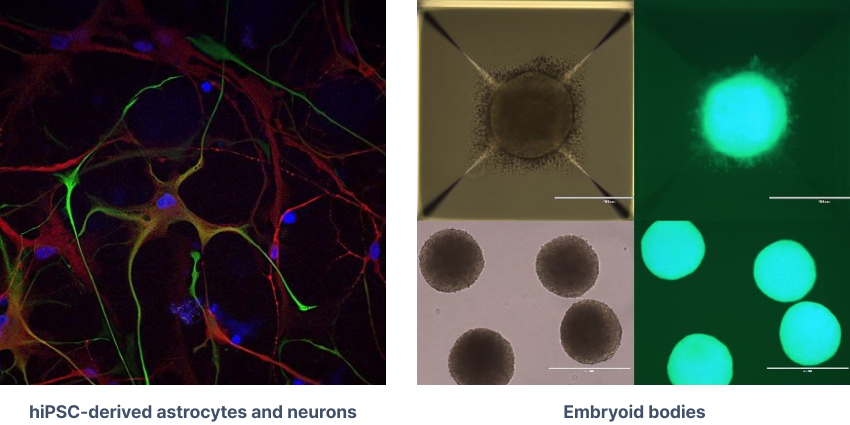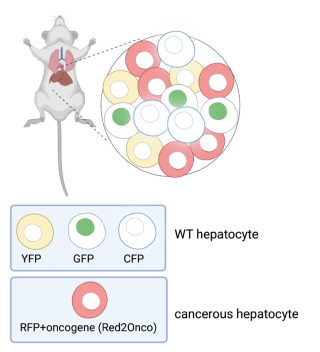Research
Research Highlights
As research in the 21st century requires more interdisciplinary collaborations from larger groups of people, scientists at Life Science Institute(LSI) work together in the other research center base with a long-term perspective on research. The joint research topics for 2023 are as follows.
Stomach-Brain Axis (SBA):Unveiling the stomach-brain connection
Have you ever wondered how your stomach communicates with your brain? How does a gut feeling arise from seemingly unrelated sensations? The intricate and enigmatic relationship between our stomach and brain has long captivated scientific minds. Enter the dynamic combination of researchers, Dr. Ji-Hyun LEE of Center for Genome Engineering and Dr. Wuhyun KOH of the Center for Cognition and Sociality, whose collaboration is expected to cast light on this intriguing enigma. Armed with their unique expertise, these scientific virtuosos are committed to uncover the mysterious secrets of the molecular and cellular mechanisms that drive the delicate conversation between our gut and brain. While the details remain shrouded in mystery, their creative efforts offer a glimmer of hope that one day we may finally comprehend the hidden language spoken by our two most enigmatic organs, opening doors to new horizons in both neurology and gastroenterology. Keep an eye out for this ground-breaking adventure of discovery as the combined genius of two research groups aims to revolutionize how we comprehend the amazing interaction between the stomach and the brain.

Development of an astrocytic scar model in brain using patient-derived glioblastomaorganoids
Although cancer molecular characterization has made significant advances, the treatment of glioblastoma has not seen major improvements. A potential strategy to combat this issue is to focus on cells within the glioblastoma microenvironment, such as tumor-associated astrocytes and scar tissue formation. Astrocytes play an important role in various health and disease-related processes, such as regulating brain metabolism and modulating neuroinflammation. We use versatile model systems such as iPSC-derived astrocytes, xenograft animal mode, and tumor organoids, 3D tissues made directly from tumor cells taken from patients resembling the original tumors in many ways, to study the function of astrocytes in glioblastoma onset and progression. We expect our research can help us better understand the unique features of the glioblastoma microenvironment and identify potential treatment targets.

Spatial metabolomic and lipidomic analysis of liver diseases using MALDI mass spectrometry imaging
Have you ever wondered how your stomach communicates with your brain? How does a gut feeling arise from seemingly unrelated sensations? The intricate and enigmatic relationship between our stomach and brain has long captivated scientific minds. Enter the dynamic combination of researchers, Dr. Ji-Hyun LEE of Center for Genome Engineering and Dr. Wuhyun KOH of the Center for Cognition and Sociality, whose collaboration is expected to cast light on this intriguing enigma. Armed with their unique expertise, these scientific virtuosos are committed to uncover the mysterious secrets of the molecular and cellular mechanisms that drive the delicate conversation between our gut and brain. While the details remain shrouded in mystery, their creative efforts offer a glimmer of hope that one day we may finally comprehend the hidden language spoken by our two most enigmatic organs, opening doors to new horizons in both neurology and gastroenterology. Keep an eye out for this ground-breaking adventure of discovery as the combined genius of two research groups aims to revolutionize how we comprehend the amazing interaction between the stomach and the brain.



